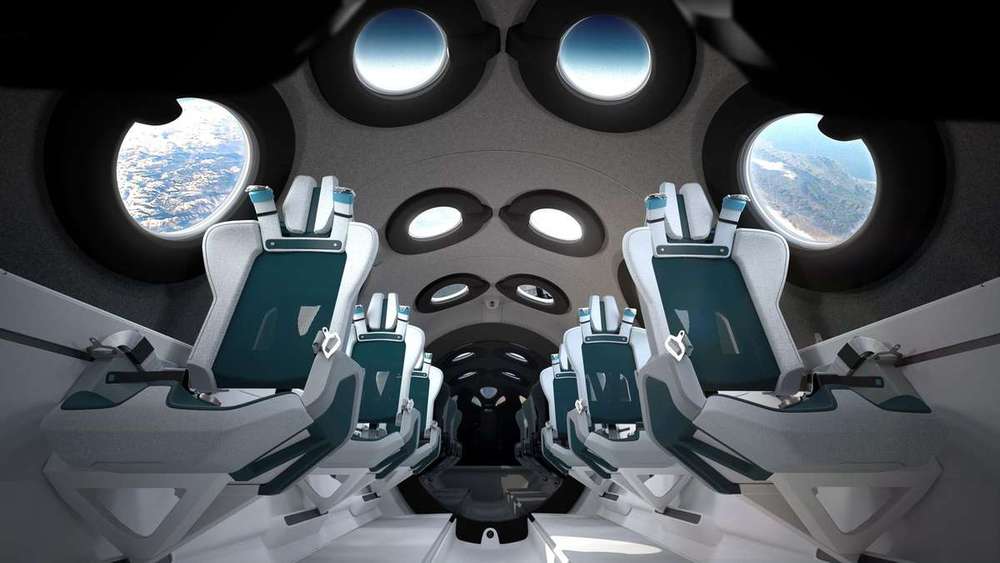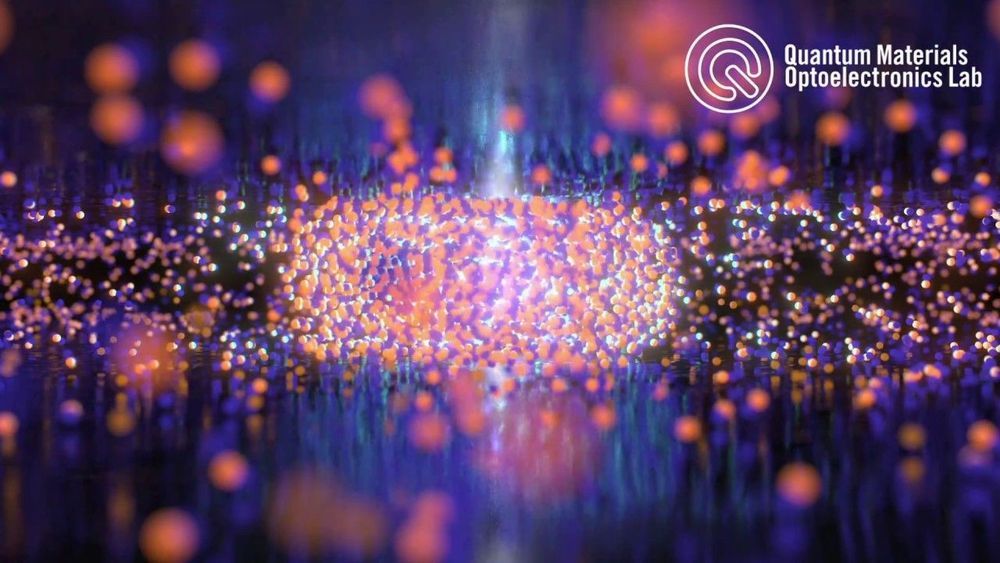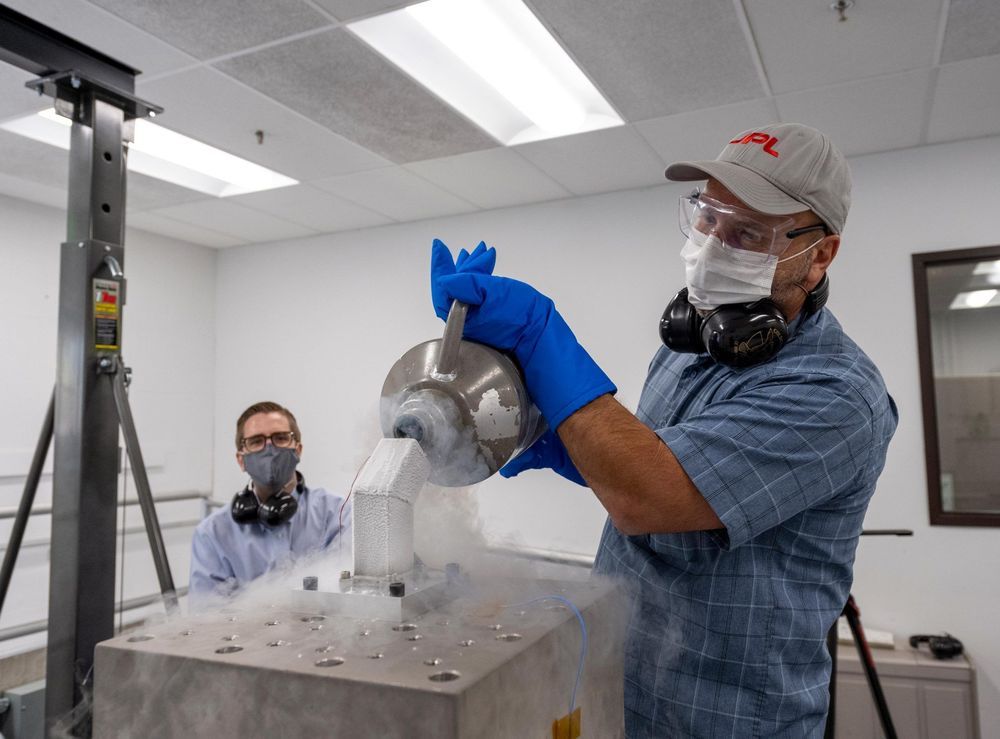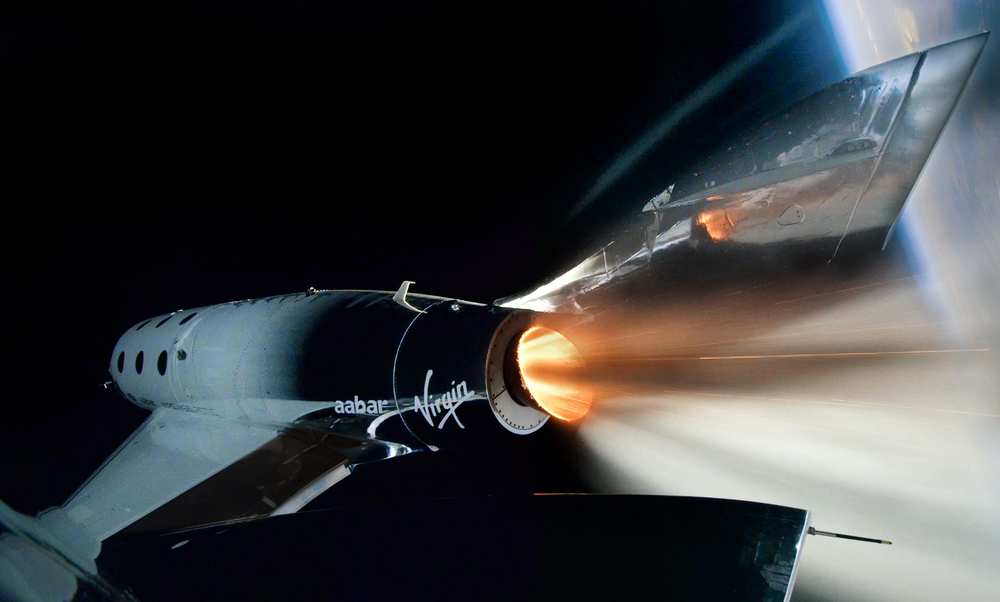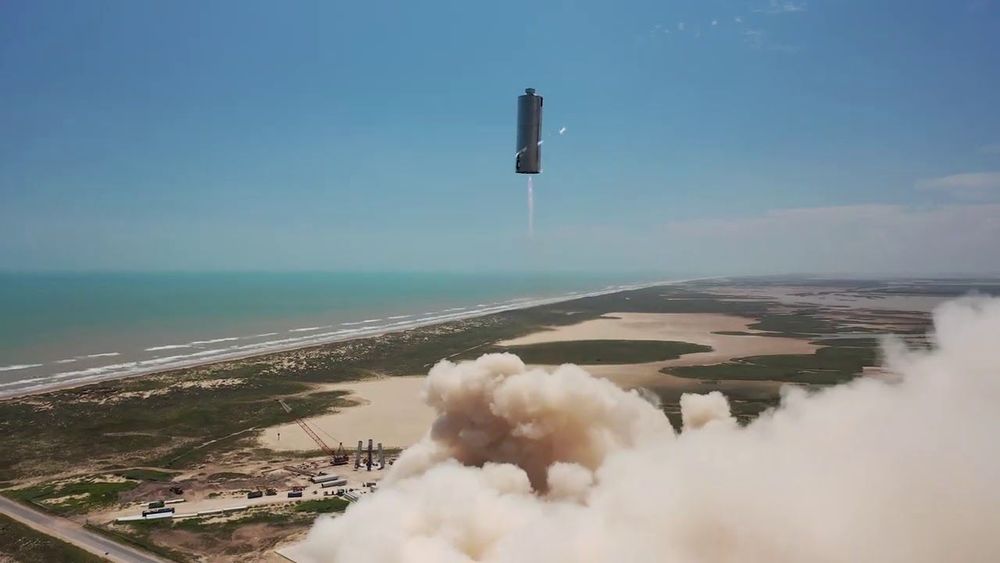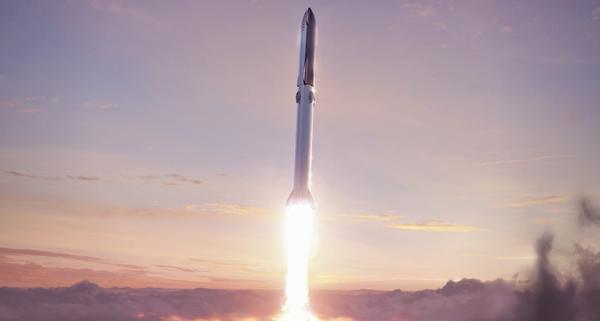
Featured Image Source: SpaceX
Chief Engineer Elon Musk founded SpaceX with the goal to enable humans to live on Mars. The aerospace company is developing its next-generation launch vehicle in South Texas at Boca Chica Beach. According to SpaceX, Starship will be the most powerful rocket in the world; It will be a 120-meter-tall, two-stage launch vehicle consisting of a spacecraft capable of carrying one hundred passengers, and a Super Heavy booster used to propel the craft out of Earth’s atmosphere.
During the Humans To Mars teleconference that took place on Tuesday, Musk said Starship’s Super Heavy “booster prototype one” will initiate construction “this week.” SpaceX Boca Chica teams are building multiple Starship prototypes at the assembly facility, where gigantic vehicle assembly buildings are taking shape to accommodate the massive stainless-steel rocket booster. – “Making a prototype of something is, I think, relatively easy,” he said, “But building the production system so that you can build ultimately hundreds or thousands of Starships, that’s the hard part.”

